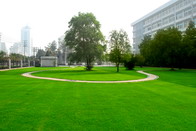The Qinghai-Tibet Plateau has a large number of inland glaciers and lakes and other water resources. It is the main river in Asia that known as the Asian water tower and the main water resources of several billion people in Asia. The change of water reserves is great significance to the economic development of China and the surrounding areas. The change of quality balance and its causes in glaciers in the region has aroused a hot scientific issue.
The change of water resources such as glaciers in the Qinghai-Tibet Plateau is the result of the interaction between atmospheric water vapor and ground water resources. The variation of atmospheric circulation directly affects water quality balance of glaciers in this area. In other words, we must record the transformation of atmospheric circulation for calculation the change of mass balance in this area. Researcher Wang Yong, Zhan Jingang and Shi Hongling from State Key Laboratory of Geodesy and Earth’s Dynamics (SKLGED), Institute of Geodesy and Geophysics(IGG) analyzed the quality balance of the Qinghai - Tibet Plateau by the method of complex principal component analysis and wavelet. The result showed that the spatial balance and the quality of the region were most sensitive to the atmospheric circulation, and the phase information reflected the influence range and the route of the circulation. In recent years, the El Niño phenomenon can explain 16 percent of the region's quality changes that far beyond the effects of the westerly zone and La Nina(5 percent). This conclusion challenges the traditional understanding of the region's mass balance, which believed the Indian monsoon and the westerly belt were the main meteorological factors that affect the region's quality balance.
The research results were published in the internationally renowned journal《The Cryosphere 》(Zhan J, Shi H, Wang Y, et al. Complex principal component analysis of mass balance changes on the Qinghai–Tibetan Plateau[J]. The Cryosphere, 2017, 11(3): 1487) in recent.
Original link: https://doi.org/10.5194/tc-11-1487-2017
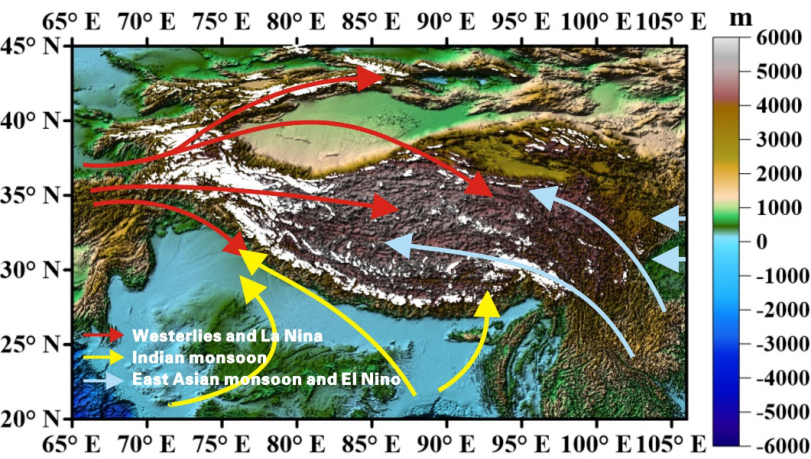
Fig.1 Schematic diagram of glacier distribution in the Qinghai -Tibet Plateau under
the influence of different atmospheric circulation
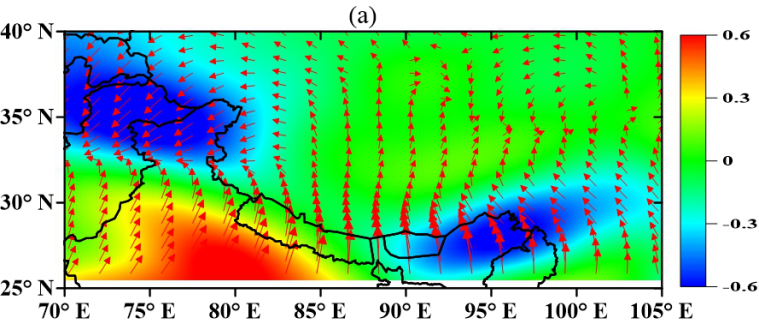
Fig.2 The First spatial modal and phase distribution
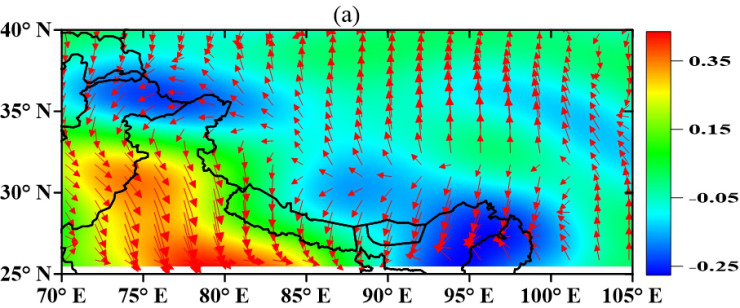
Fig. 3 The second spatial modal and phase distribution
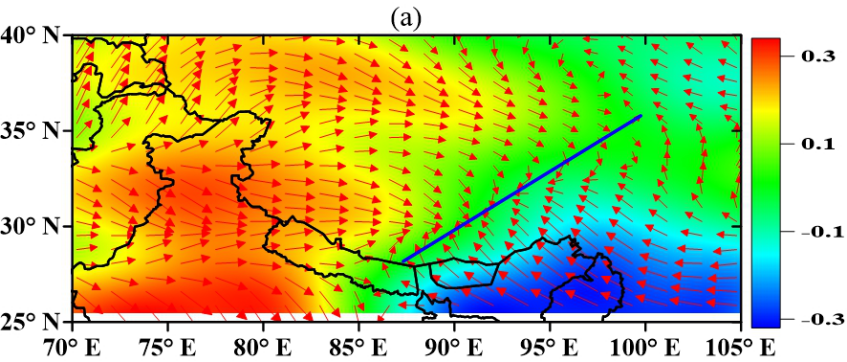
Fig. 4 The third spatial modal and phase distribution
